The Arabs invaded Sicily in the ninth century, leaving behind mosques and pink-domed cupolas. In the Sicilian capital of Palermo, Arab rule was generally tolerant, its dolce far niente evocative of sultans, minarets, concubines and other jasmine-scented delights. Walking round Palermo today, however, one is assailed by less lovely smells. Parts of the city remain unreconstructed since the Allies bombed it in 1943: fire-blackened palazzi and rubble-strewn slumlands speak of the Mafia’s systematic ransacking of the public coffers. A still darker side of Palermo finds expression in the 19th-century catacombs of the Capuchin friary, situated near the Arab-Fatamid pleasure palace of La Zisa (‘the magnificent’). Some 8,000 embalmed corpses moulder in the catacombs; segregated according to lawyers, surgeons, university professors, there is even a section for babies and virgins. The Capuchin priests in their coffee-brown robes appear to be the best preserved. (Cappuccino gets its name from the colour of the order’s habit; personally I can’t bear the froth.)
With its obscure exuberance of life and the souk-like atmosphere of its markets, Sicily is far removed from the gracious suavities of Tuscany. Ghastly British Tuscanites such as Tony Blair, Sting and David Cameron who descend on the hills round Florence over the summer to enact their ‘Toujours Tuscany’ dreams are, thankfully, not in evidence. John Julius Norwich, the historian, has been visiting Sicily for half a century or more. Sicily: A Short History from the Ancient Greeks to Cosa Nostra is his heartfelt hosanna to the Mediterranean island and its Arabic, Norman and Baroque glories.
No history of Sicily would be complete without mention of the Mafia, and Norwich does not disappoint. In his reckoning, the Mafia began in the Sicilian countryside in the 1860s following Italy’s unification at the hands of Garibaldi and Cavour. It dealt in loan-sharking and citrus-fruit scams and was not yet in the habit of submerging rivals in barrels of wet concrete. It was only in the entrepreneurial 1980s that the Cosa Nostra (‘Our Thing’) became involved in the multinational heroin trade, with its own laboratories and Kalashnikov-toting picciotti (footsoldiers). Norwich says he admires the Sicilian writer Leonardo Sciascia, whose essays, plays, pamphlets and novels explore Mafia-related cruelty and extortion. Sicilian Uncles is not, however, a ‘novel’ (it is a quartet of novellas — I should know: I translated Sciascia), but Norwich is surely right to uphold Sciascia as one of the great chroniclers of life on this most beautiful and bedevilled of islands.
Even today, northern Italians speak of Sicily as an African darkness — the place where Europe ends. The Arabic influence remains strongest in the Mafia-infiltrated west of the island, where the sirocco blows in hot and sandy from Tunisia. To my knowledge, the fly-blown Mafia port of Trapani is the only place in Europe where they make jasmine ice cream. It was the Arabs who brought ices and sherberts to this part of the Mediterranean, and jasmine surely is a Saracen touch. On the outskirts of Palermo, Norwich reminds us, stands the magnificent medieval Norman cathedral of Monreale, a ‘spectacular’ union of Byzantine splendour and Arab purity of volume.
I am not sure that Norwich is justified in claiming a ‘relatively uneventful’ recent history for Sicily. The remote Sicilian island of Lampedusa (90 miles from Tunisia) is constantly in the news as the main entry point for Africans seeking a better life in Western Europe. The immigrants, though poor, are a reminder of Sicily’s historic ties with Muslim Africa.
A joke told in the north of Italy (though scarcely a funny one) is that Sicily is the only Arab country not at war with Israel. Jeremy Dummett’s cultural and architectural guide, Palermo, City of Kings, reminds us that the port of Marsala south-west of Palermo was made famous by the British wine merchants who fortified Lord Nelson’s fleet with barrels of the sherry. The name Marsala derives from the Arab Mars al Allah, ‘Harbour of God’.
Like Norwich, Dummett admires Sciascia and makes much of his early, 1964 work of ethical meditation Death of an Inquisitor, ‘translated by Ian Thompson’ (not so: I — Ian Thomson — translated it). For all its admittedly minor errors, Dummett’s is an excellent guide to a city of bewildering mixed bloods and ethnicities, mixed architectures and mixed reputations. Palermo’s turban-wearing ancestors would have been astonished by today’s dirt and traffic; amid the beep and brake of cars, however, jasmine sherberts are on sale in the cafés where Palermans sip coffee like the pashas of yesterday. Some things don’t change that much.
Got something to add? Join the discussion and comment below.
Get 10 issues for just $10
Subscribe to The Spectator Australia today for the next 10 magazine issues, plus full online access, for just $10.
'Sicily: A Short History from the Ancient Greeks to Cosa Nostra', £20 and 'Palermo, City of Kings: The Heart of Sicily', £16.99 are available from the Spectator Bookshop, Tel: 08430 600033.
You might disagree with half of it, but you’ll enjoy reading all of it. Try your first month for free, then just $2 a week for the remainder of your first year.

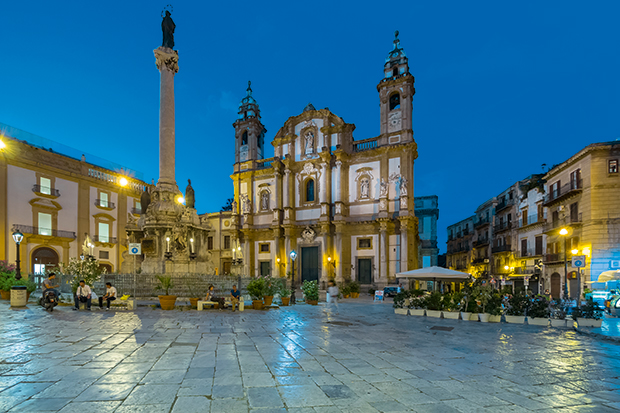
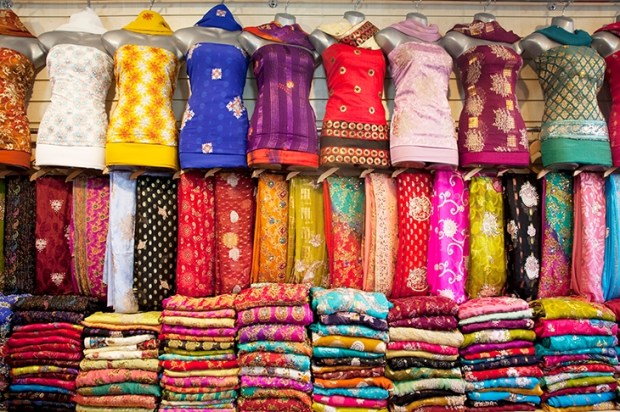
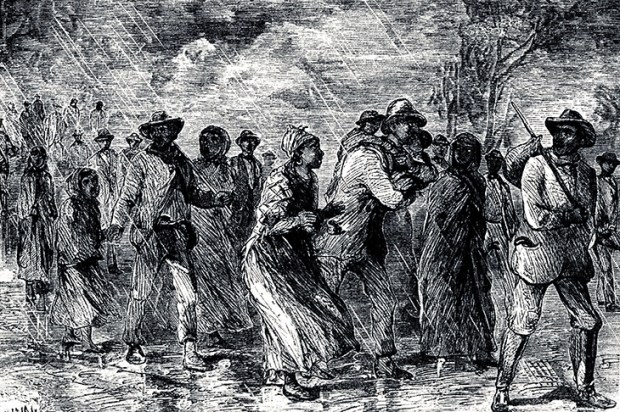
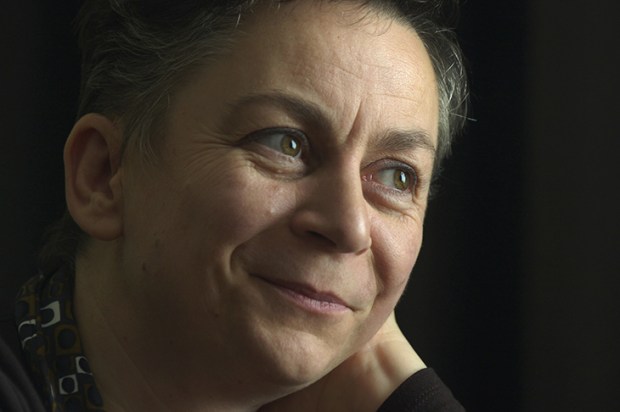


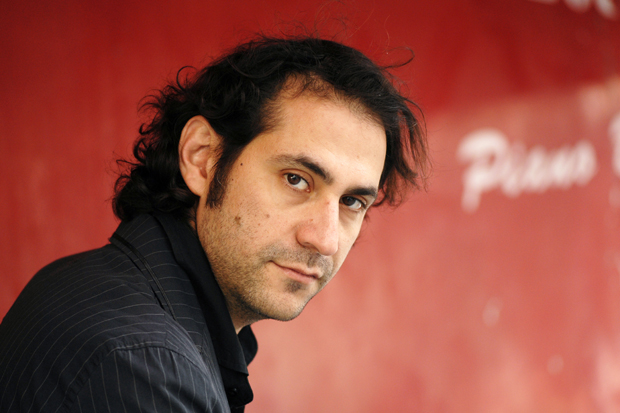






Comments
Don't miss out
Join the conversation with other Spectator Australia readers. Subscribe to leave a comment.
SUBSCRIBEAlready a subscriber? Log in